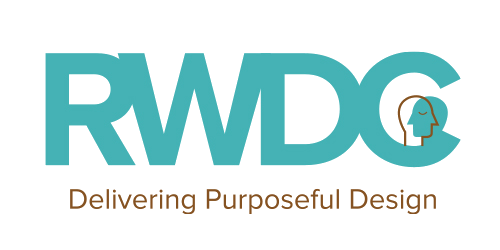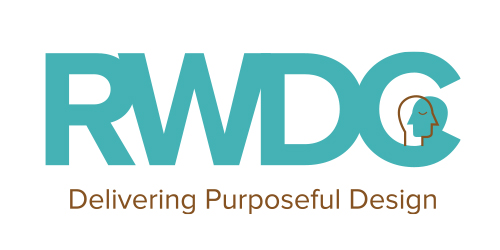Educate
Deconstruction of Logos
By Rachel Won / 8 Jun 2020 / Tags: Branding
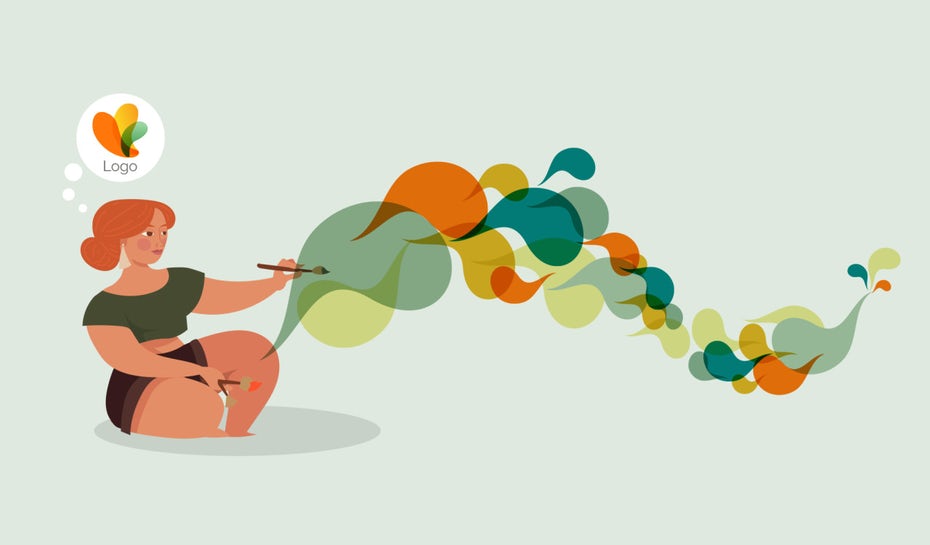
The logo design can seem like creative magic, but there is process behind great logos. Illustration by OrangeCrush
By the end of twentieth century, it seemed everything required a logo; not just businesses but special events, campaigns, non profit organisations, schools, religious organisations, clubs, parties and even individuals. As logo design grew more available, seeming to be everywhere, the range of obvious solutions became exhausted from overuse, and meaningless abstraction and visual cliches abounded.
The classic rules of Paul Rand Era – simplicity, boldness, legibility is often tossed out. The challenge the idea as a fixed and inflexible mark and replaced it with a more fluid visual expression of brand values. The DNA of a logo design is often as not, is now hacked into random little pieces and scattered around, waiting for designers to reassemble it in exciting new sequences.
Great logos don’t happen by accident. They come about deliberately through carefully consideration of the values, dreams, promises and marketing goals of the brands they represent. Designing a logo involves a process and mastering that process can lead to a more satisfactory experience and better results.
The concept
A logo aims to capture a brand with a clear and simple visual mark: A great logo works in several levels.
• On the most basic level, the logo needs to incorporate the brand name.
• On the next level, it may impart the offering behind the brand – the product or service – although we we will see why this seldom and actually done.
• On a still higher level, the logo needs to advance the broader strategic goals of the organization to a specific audience.
• Finally the logo ought to convey an implicit sense of the values, aspirations and promises the brand lets its consumers embrace.
Let’s look at each of these levels more closely. Interesting many designers prefer to tackle them in reverse order.
The Values
Many brands aspire to lofty promises that are difficult to depict in specific terms. However, they can be allured to by clever use of design conventions regarding colors, geometric or organic forms, textures, patterns and so forth that may be universal or culturally specific. To come up with satisfactory iconic representation of an abstract brand concept, a designer must be well verse in symbolism, iconography and cultural conventions.
One obvious example is financial services firm conveying the idea that it is serious and reliable by using deep blue – a color that tends to evoke these values. Shapes and forms can also conjure particular feelings and if the choice of symbol is counterintuitive such as a daisy for a construction company, then the logo will take on added interest.
In some cases, most the most exciting solution can be to produce multiple variations of a logo, united by a common design thread, each alluding to an aspect of the brand’s activities while held together by a visual element expressing the brand’s overarching values.
The Strategy
Ultimately, the logo has to achieve the brand’s strategic needs: persuading audience, positioning itself against the competition, moving people to buy. Here, the right choice of design elements will have a critical impact. A logo may have several audiences and the same solution may not appeal to them all.
Deciding which strategic direction to take in the logo design will depend on judgements about which goals and which audiences have priority.
The Offering
People often expect a logo to depict what a company does. In the past, this was straightforward because corporations pretty much stuck to do one thing. Today. This is harder. A logo can be a visual metaphor, that expresses in a single stroke.
What the client does, although it doesn’t have to be. Literal depictions of a company’s activities are often impossible, and most brands work on a higher level than merely offering a product or service. Designing a logo that simply shows the product, even when possible, risks making the brand look generic.
The Name
When the symbol is chosen, it will be arranged somehow with the name, set or drawn in an appropriate type of style or lettering. Whether it is hand drawn, or a variation on a standard font type isn’t just ABCs: the specific way the letters are drawn conveys a character and a set of values. There is as much difference between Bauhaus and Bodoni as there is between the Beatles and Beethoven; making the right choice is a matter of being familiar with how different type styles affect perception of the written name.
Logo designs have many more demands placed on them today. Brand experiencing are likely to be more complex and nuanced than in the past, so the values of the logo needs to be espoused must be more subtly expressed. A complete brand identity may include sound, scents and tactile elements.
The logo no longer simply refers to a brand, but is in the words of the late brand guru Jorg Zintzmeyer. The projector and the screen on which the brand is shown and must also be the content of the film that is projected. The logo needs to tell the whole story.
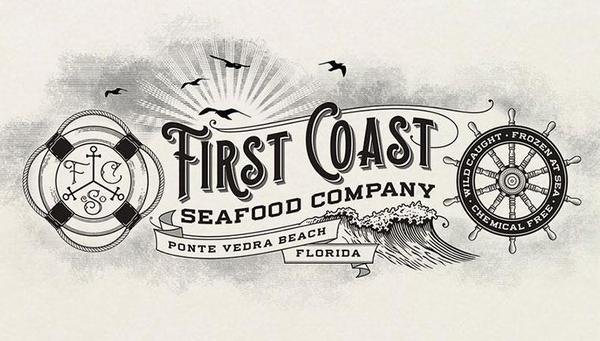
Example 1:
In the nineteenth century, iconic illustrations and fancy, but generic type identified brands in advertising and packaging. In the twentieth century, this role was performed by logos and carefully designed elements derived from those logos.
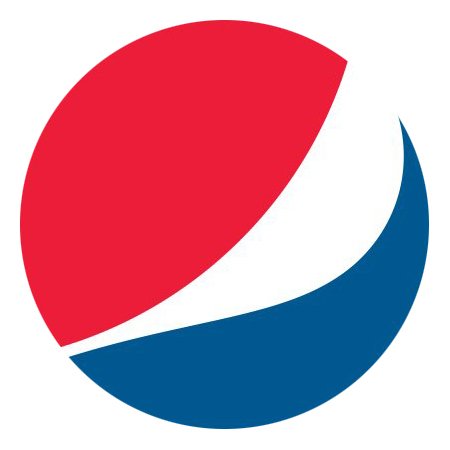
Example 2:
With sufficient marketing support, a symbol such as Pepsi globe, by Arnell Group, can become familiar enough to function independently of its name.
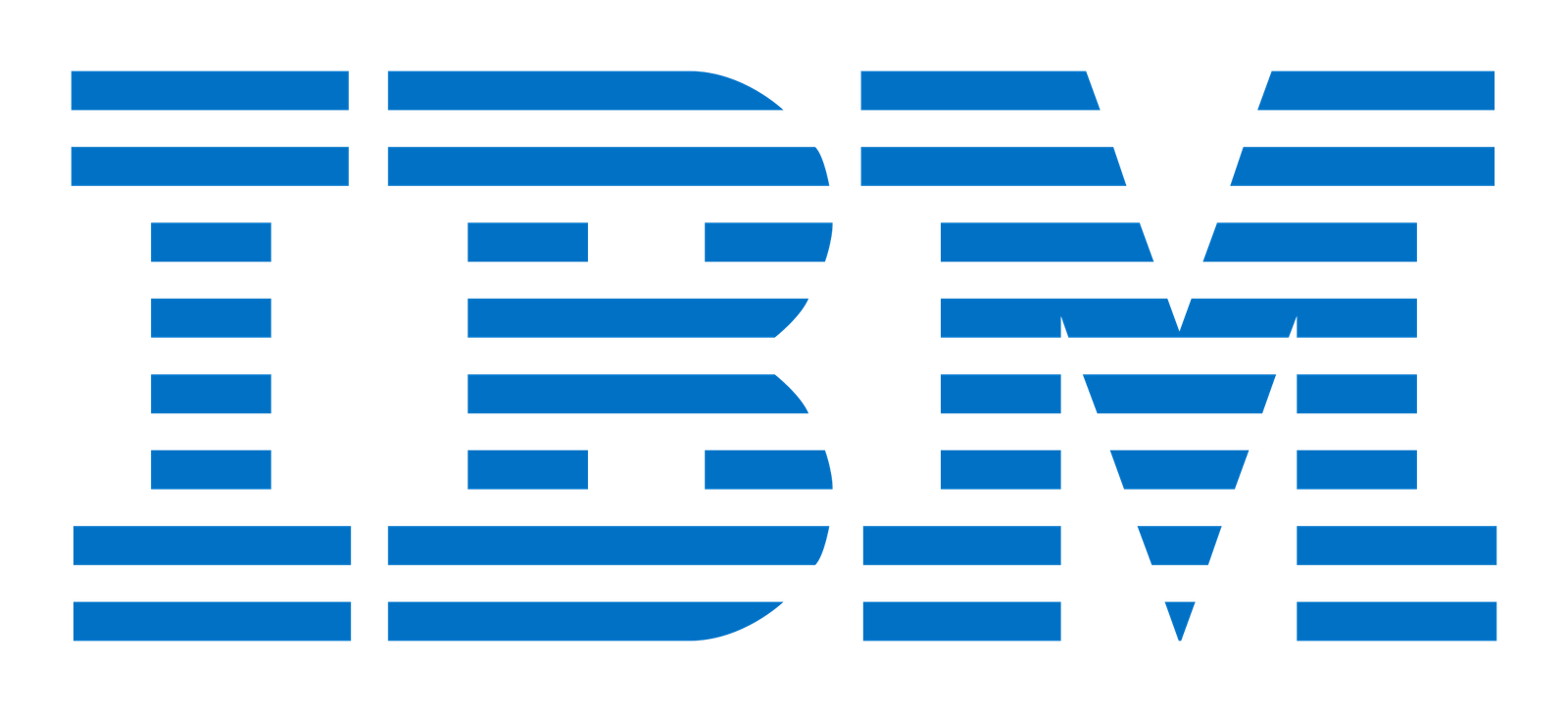
Example 3:
The ultimate modernist logo: the IBM logo it a highly functional set of initials with an aesthetic styling by Paul Rand that is both beautiful and timeless.
Is a Logo necessary?
Some people have questioned whether logos are even still necessary in this age of brand overload and with the rise of nonvisual media like Twitter. However, most people would agree that a good visual expression of a brand begins with a logo, seems to be more critical than ever. It helps customers to pick out a brand that stands out, remind them what they love about the brand and reassures them in their selection of that brand.
Keen to know how I can help you to rebrand or strengthen your brand identity?
Make your appointment with us
#RWDC #Rebranding #RebrandIdentity #CorporateBranding
Recent Articles
What is UI & UX Design?
Educate What is UI & UX Design? By Rachel Won / 5 Aug 2019 / Tags: Design Insights UI design and UX design are two of the most often confused and conflated terms in web and app design. And understandably so. They’re usually placed together in a single term, UI/UX...
Usability of a Product
Educate Usability of a Product By Rachel Won / 22 Jul 2019 / Tags: Design Insights Recently, I need to send out a mail to one of my clients. I went to Diaso to buy a $2 pack of envelopes. When I was about to mail out my documents, I realise that the Diaso envelope is...
Visual and Eye: We don’t see with our Eyes
Educate Visual and Eye By Rachel Won / 10 Jun 2019 / Tags: Design Insights As a Creative Designer, creating visuals is just like brushing my teeth every day. Visual Design / Visual Communication aims to shape and improve the user experience through considering the...
When do you need to revamp your website?
Educate When do you need to revamp your website? By Rachel Won / 27 May 2019 / Tags: Design Insights Regular users often don’t even notice that there’s room for improvement. We don’t live in a perfect world. So, we’re used to less-than-perfect and difficult-to-use...
What I do as a Creative Designer
Educate What I do as a Creative Designer By Rachel Won / 15 April 2019 / Tags: Education I hardly talk in details what I do as a creative designer. I don’t call myself a graphics or web designer because I can do both of them very well. I am very fortunate to learn and...
Singapore Design Week
Educate Singapore Design Week By Rachel Won / 18 March 2019 / Tags: Design Insights Design Singapore's 3 Main Pillars of Focus Attended Singapore Design Week Event: I find that this topic on Cities of Design is pretty interesting. Unesco Creative Cities of Design...
Is going Design School a waste of time?
Educate Is going Design School a waste of time? By Rachel Won / 1 October 2018 / Tags: Education Some of my friends asked me, “Is going to design school a waste of time?” I was a bad designer when I finished my formal design education about 15 years ago. The...
Tags
Want to find out more about what services we provide?
How Can We Help You?
Schedule an appointment with us.
